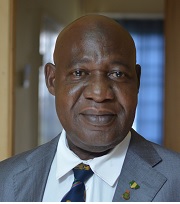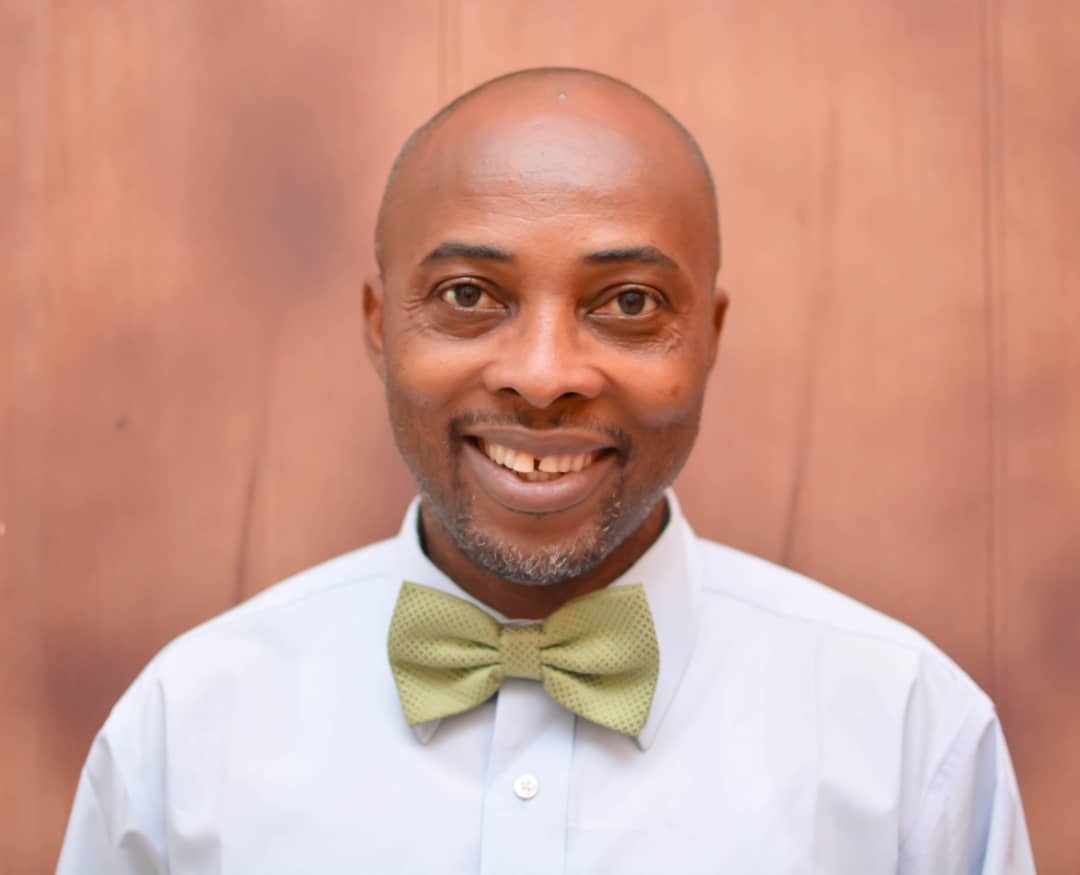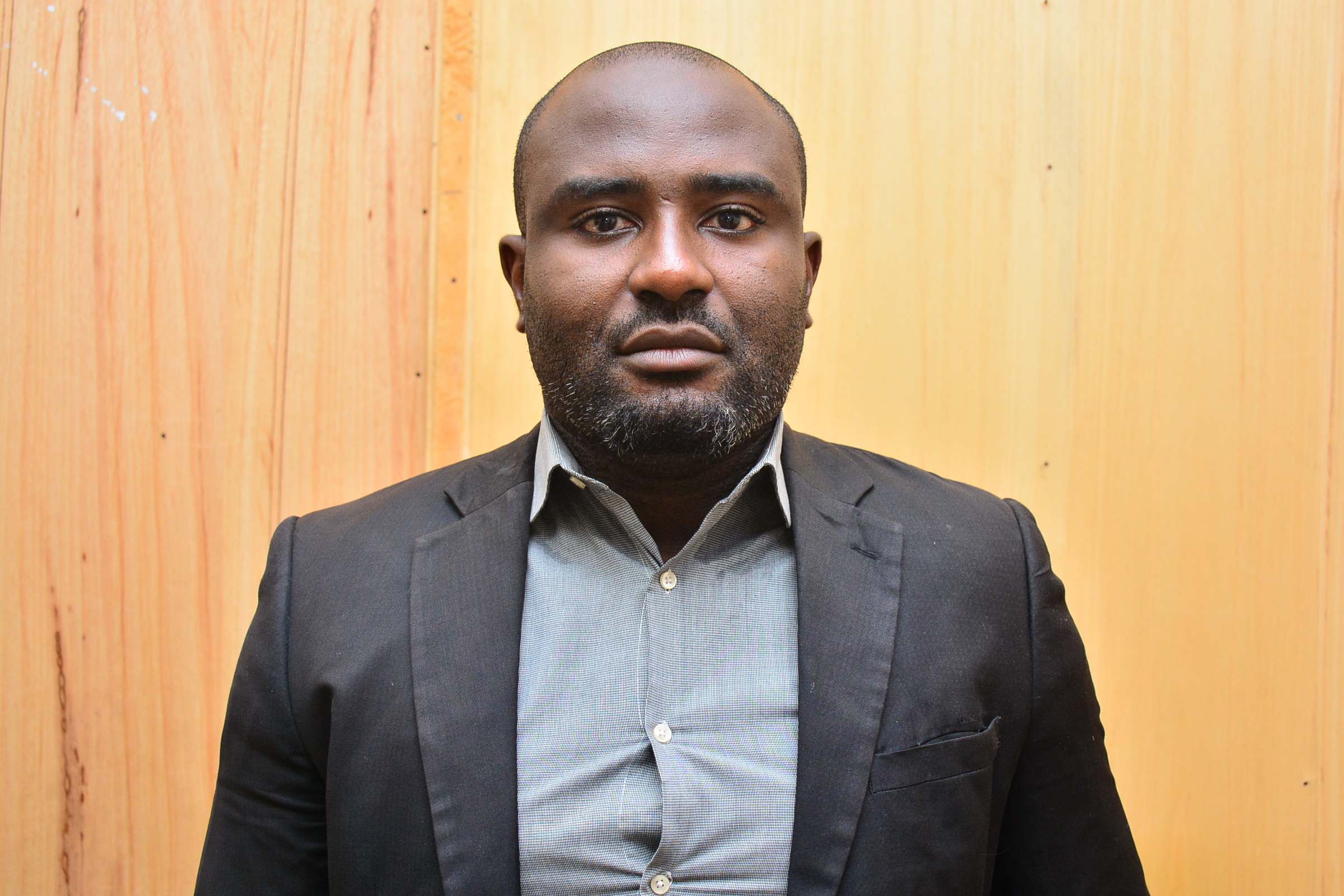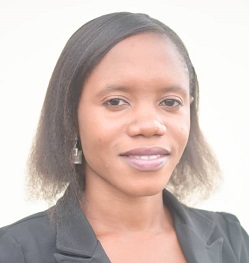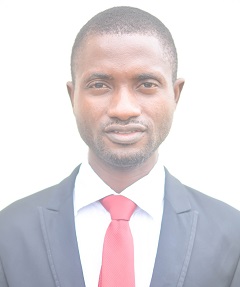I feel greatly honored to welcome you to the Department of Anatomic Pathology at the University of Medical Sciences (UNIMED), Ondo City, Nigeria. It might be of interest you to learn that in this past year, our Faculty and staff are involved in the recruitment of top-notch renowned scholars. We have also developed strategic planning with a focus to build an academic department with global recognition.
The training in Anatomic Pathology involves recognition of structural alterations and the effects of these changes on cellular, tissue, organ and system function and ultimately, the impact of these changes on the patient as a whole. It is fundamental to the understanding of the disease and therefore, a foundation of sound clinical medicine and clinical practice.
During your postings in the Department, the Faculty and staff will purposefully co-ordinate and articulate your academic skills to enhance the acquisition of knowledge. Opportunities for learning go beyond didactic lectures and practical. The Histopathology e-library and exposure to cases at other branches of the hospital complexes will ensure the achievement of your educational goals.
Despite the overwhelming enthusiasm of our Faculty and staff to ensure you succeed in your academic pursuit, you must realize that you will play the most significant role in advancing your education and career; but we are here to assist you all the way.
We sincerely look forward to making progress towards fulfilling our mission of producing world-class medical doctors.
Sincerely,
Abdulsalami Mohammed Obio, MBBS, FWACP
Head of Department
OBJECTIVES
At the end of the course in anatomic pathology and forensic medicine, the student should have acquired the knowledge, skills and abilities that will enable him to:
1. Describe the gross structural and functional changes produced by disease in the human body.
2. Describe the microscopic changes in tissues and organs of the human body induced by disease in so far as these changes aid in explaining the disturbances of functions or die nature of the disease process.
3. Describe the aetiological factors of these pathological changes.
4. Obtain samples for histological, cytological, chemical, microbiological, haematological and other testes, identify abnormalities and derangements from the normal range and discuss their probable significance.
5. Perform the common diagnostic laboratory procedures performed in a side laboratory by a general medical practitioner working alone.
6. Perform autopsy on the human body, identify probable causes of death, and obtain material to be sent for further specialist tests.
7. Describe the morphological appearance (gross and microscopic), staining properties, metabolic activities, virulence, routes of entrance to the human body, mode of action, sensitivity and resistance of microorganism and parasites and adverse drug reaction causing diseases with special reference to disease.


